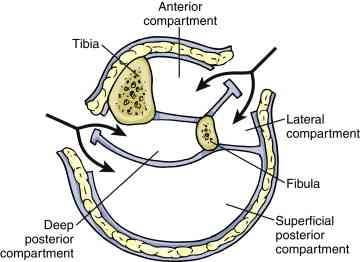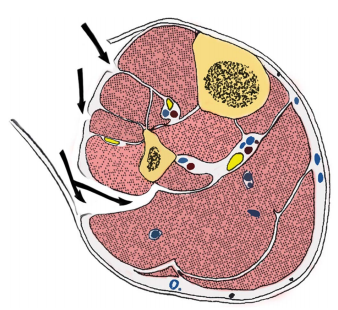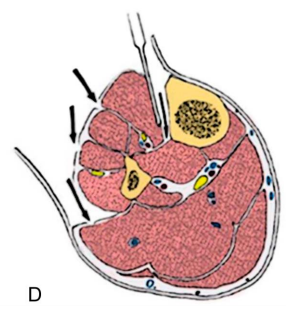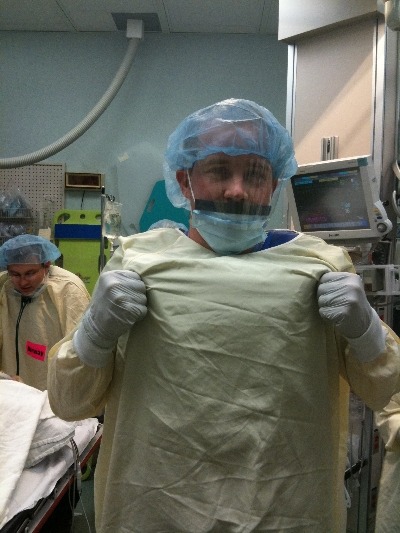We use CT scanning in trauma care so much that we tend to take it (and its safety) for granted. I’ve written quite a bit about thoughtful use of radiographic studies to achieve a reasonable patient exposure to xrays. But another thing to think about is the use of IV contrast.
IV contrast is a hyperosmolar solution that contains some substance (usually an iodine compound) that is radiopaque to some degree. It has been shown to have a significant impact on short-term kidney function and in some cases can cause renal failure.
Here are some facts you need to know:
- Contrast nephrotoxicity is defined as a 25% increase in serum creatinine, usually within the first 3 days after administration
- There is usually normal urine output and minimal to no proteinuria
- In most cases, renal function returns to normal after 3-4 days
- Nephrotoxicity almost never occurs in people with normal baseline kidney function
- Large or repeated doses given within 72 hours greatly increase risk for toxicity
- Old age and pre-existing diabetic renal impairment also greatly increase risk
If you must give contrast to a patient who is at risk, make sure they are volume expanded (tough in trauma patients), or consider giving acetylcysteine or using isosmolar contrast (controversial, may still cause toxicity).
Bottom line: If you are considering contrast CT, try to get a history to see if the patient is at risk for nephrotoxicity. Also consider all of the studies that will be needed and try to consolidate your contrast dosing. For example, you can get CT chest/abdomen/pelvis and CT angio of the neck with one contrast bolus. Consider low dose contrast injection if the patient needs formal angiographic studies in the IR suite. Always think about the global needs of your patient and plan accordingly (and safely).
Reference: Contrast media and the kidney. British J Radiol 76:513-518, 2003.




